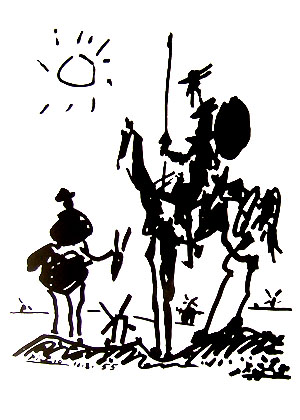Differentiation of Response
Differentiation of response is the ability to activate and move only those parts of the body that one wants to, or only those parts necessary to perform the action intended, or only those parts that are satisfying to move. Differentiation includes avoiding static (isometric) contraction if it is not necessary. It is comprised of only using those muscles necessary and only when necessary, and also includes using only the force necessary for the action (accomplished by differentiation of motor units within a muscle). Differentiation has both conscious and unconscious aspects. It implies an integration of primitive and conditioned reflexes as well as an integration of reflexes with volitional movement. Differentiation is inter-related with sensory discrimination. Differentiation is what Joseph Pilates called 'control' and it is not a mistake that he called his method 'Contrology.' Pilates believed differentiation was the key to health and satisfaction.
Fine motor control is a less exact term that covers the concept of differentiation partly. "fine motor control' means being able to control movements well enough to perform activities of daily living, with an emphasis on the use of the hands.
Babies are born with little motor control and little differentiation. Sufficient differentiation is related to the ability to start and stop something. Impulsiveness is related to poor motor differentiation. Clumsiness arises from among other things, using full contraction of muscles--some fully contracted muscles initiate movement, and other fully contracted muscles are used as opposing brakes to stop the motion This understandably is wasteful of energy. Movements are jerky and without a sense of ease. As Moishe Feldenkreis pointed out, full contraction blocks sensitivity and therefore learning (learning that involves motor tasks of course, but by extension, emotional learning) Thus the developmental arrest becomes self-perpetuating.
Sympathetic shift interferes with differentiation. Also the idea of signal to noise ratio is relevant, where there is a lot of baseline tone, a 'strong' nerve signal is necessary to initiate movement in a muscle, so the options are no movement or maximum force, and differentiation is difficult.
